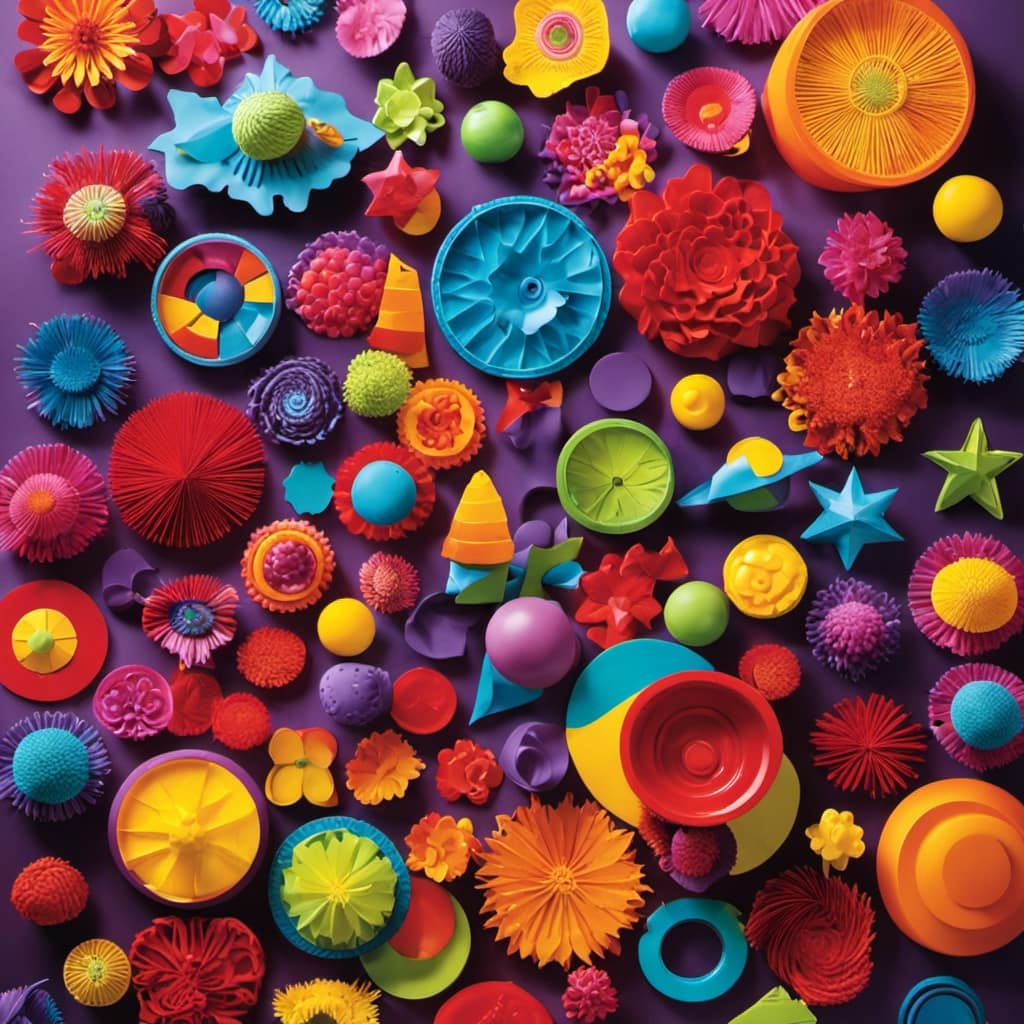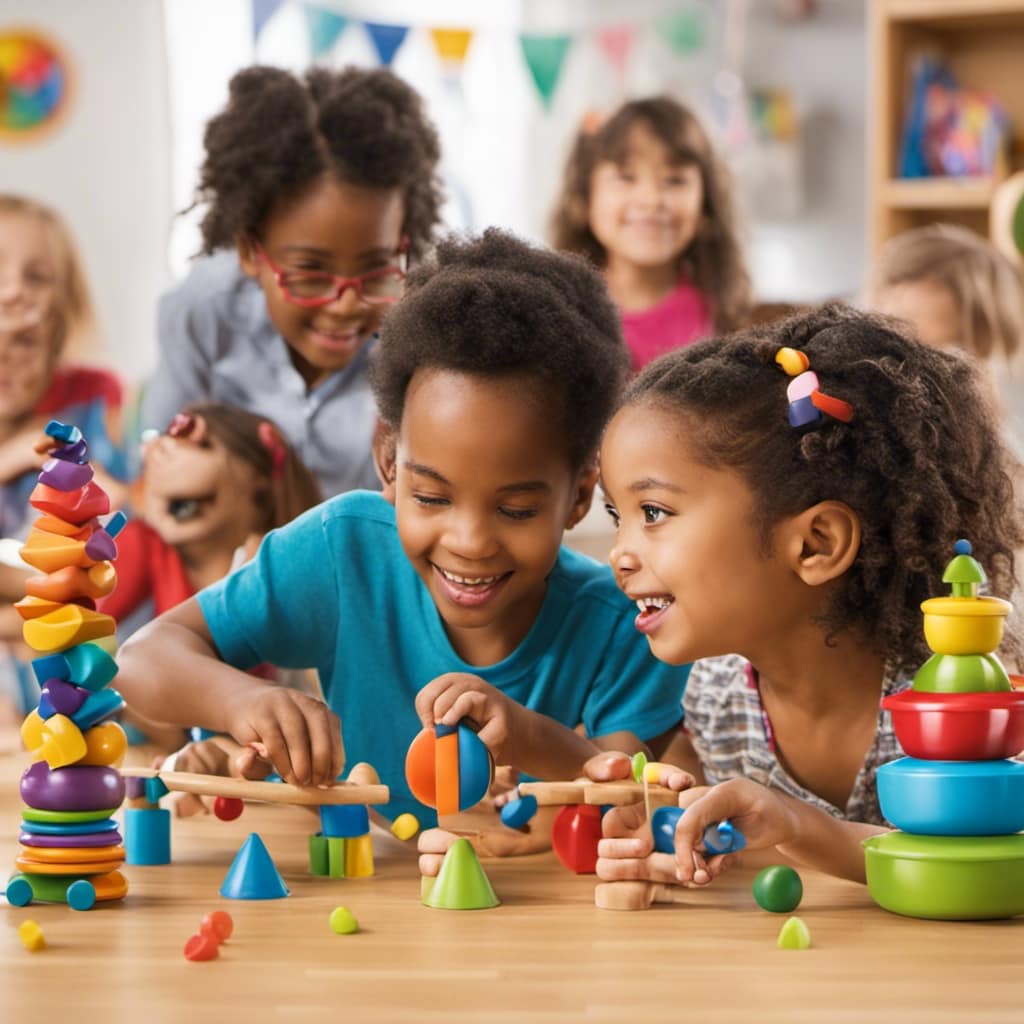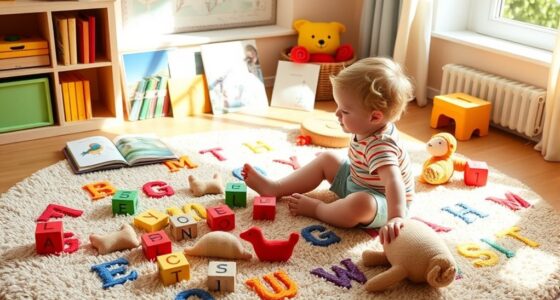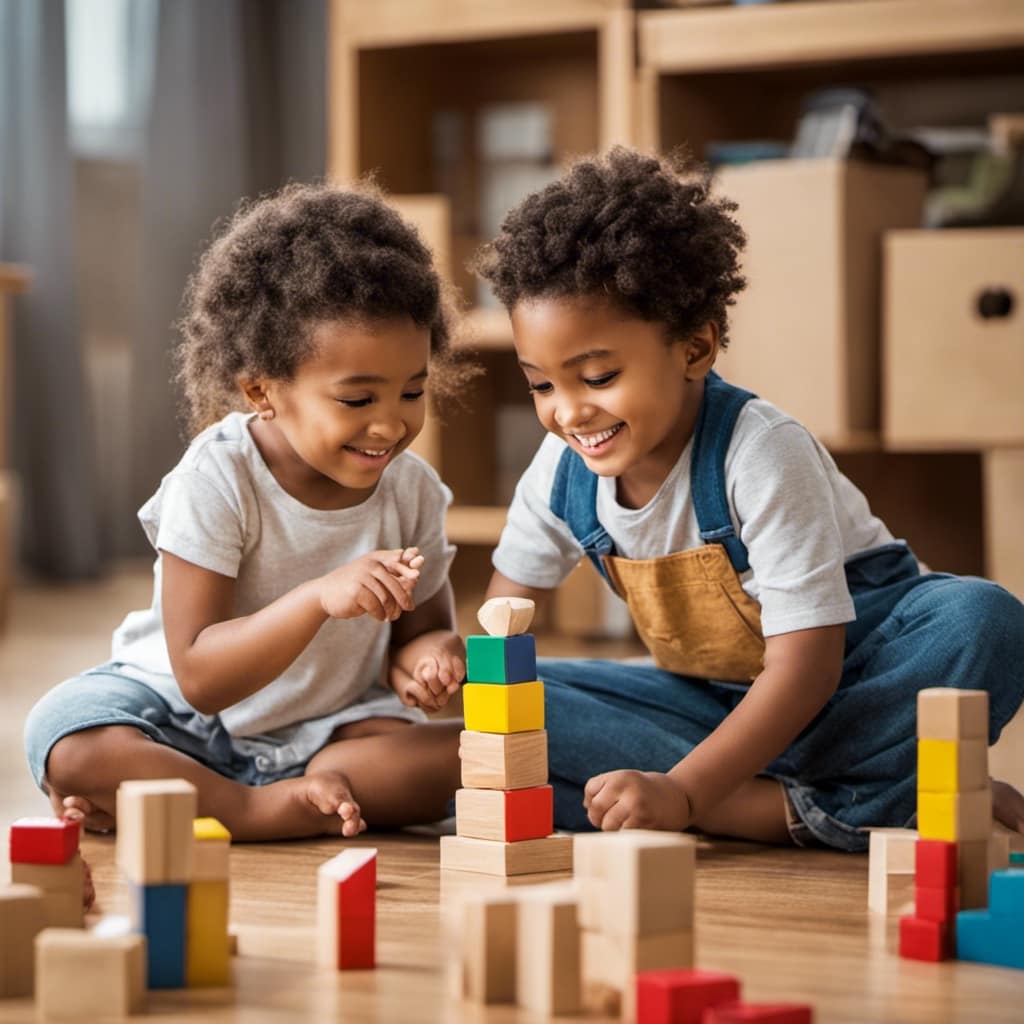We are here to help you find the best toys for sensory learning. This article explores the top toys for preschoolers that are specially designed to enhance your child’s development through the power of play.
From fine motor skills to language development and cognitive growth, these toys are designed to engage and stimulate young minds.
So, let’s dive in and discover the exciting world of sensory learning toys together.
Key Takeaways
- Sensory toys help develop emotional regulation skills in preschoolers.
- Sensory toys engage multiple senses and promote social interaction.
- Sensory toys have a positive impact on a child’s emotional well-being and support social development.
- Sensory toys enhance cognitive skills, promote problem-solving, and develop spatial awareness.
Benefits of Sensory Learning Toys
We love using sensory learning toys because they provide numerous benefits for preschoolers.

Sensory toys aren’t just fun; they also play a vital role in helping children develop emotional regulation skills. These toys engage multiple senses, such as touch, sight, and sound, which help children explore and understand their emotions. By playing with sensory toys, children can learn to recognize and manage their feelings in a safe and controlled environment.
Additionally, sensory toys are great tools for promoting social interaction among preschoolers. They encourage children to engage with others, take turns, and share their experiences. These interactions help develop important social skills, such as communication, cooperation, and empathy.
Sensory toys truly have a positive impact on a child’s emotional well-being and social development.
Top Sensory Toys for Fine Motor Skills
Our favorite preschool toys for sensory learning that enhance fine motor skills include the Montessori-inspired bead maze and the squishy sensory balls. These toys aren’t only fun to play with, but they also provide valuable opportunities for children to develop their fine motor skills.
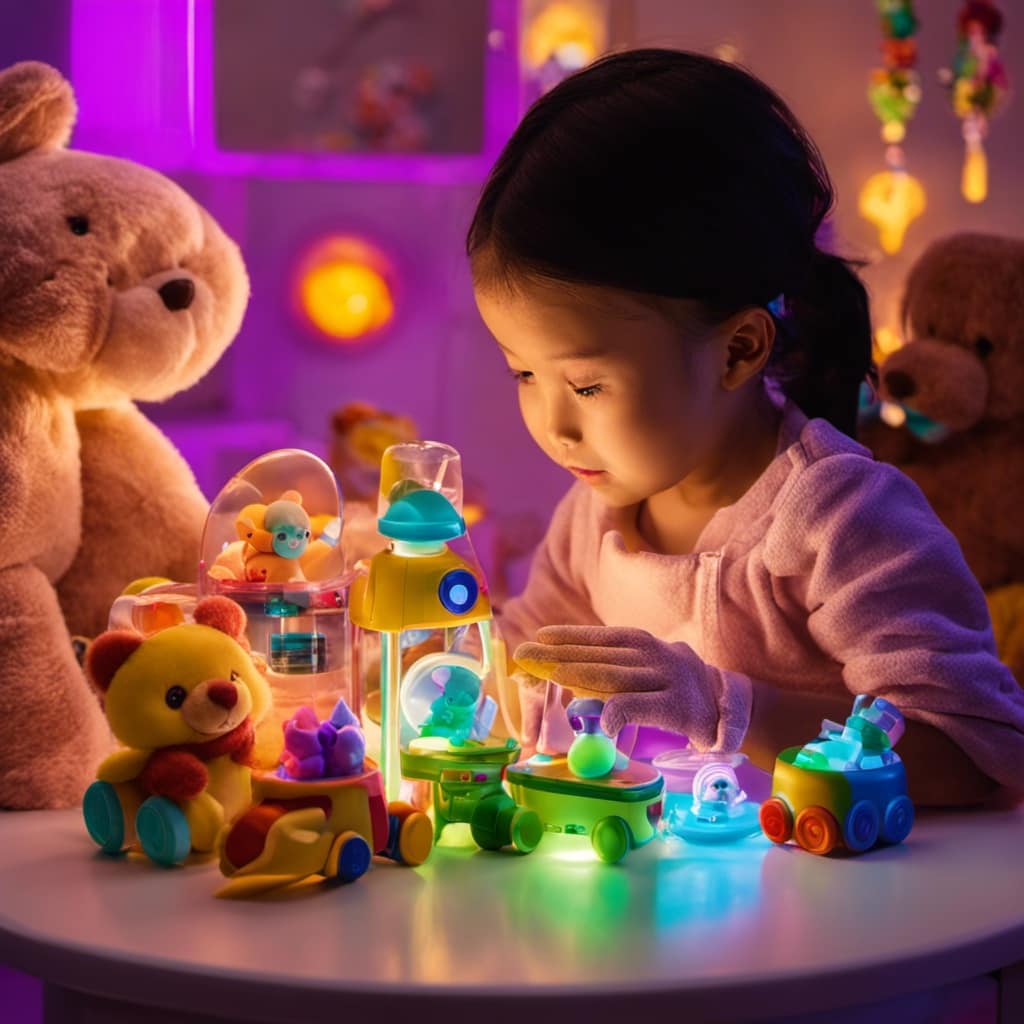
Here are four other sensory toys that can help with fine motor skills:
-
Sensory Playdough: This tactile and malleable material allows children to practice their hand-eye coordination and strengthen their hand muscles while exploring different textures and shapes.
-
Building Blocks: Building blocks not only encourage creativity and imagination but also help children develop their hand and finger strength as they manipulate and stack the blocks.
-
Pegboards: Pegboards provide a great way for children to practice their hand-eye coordination and fine motor skills as they place and remove the pegs.
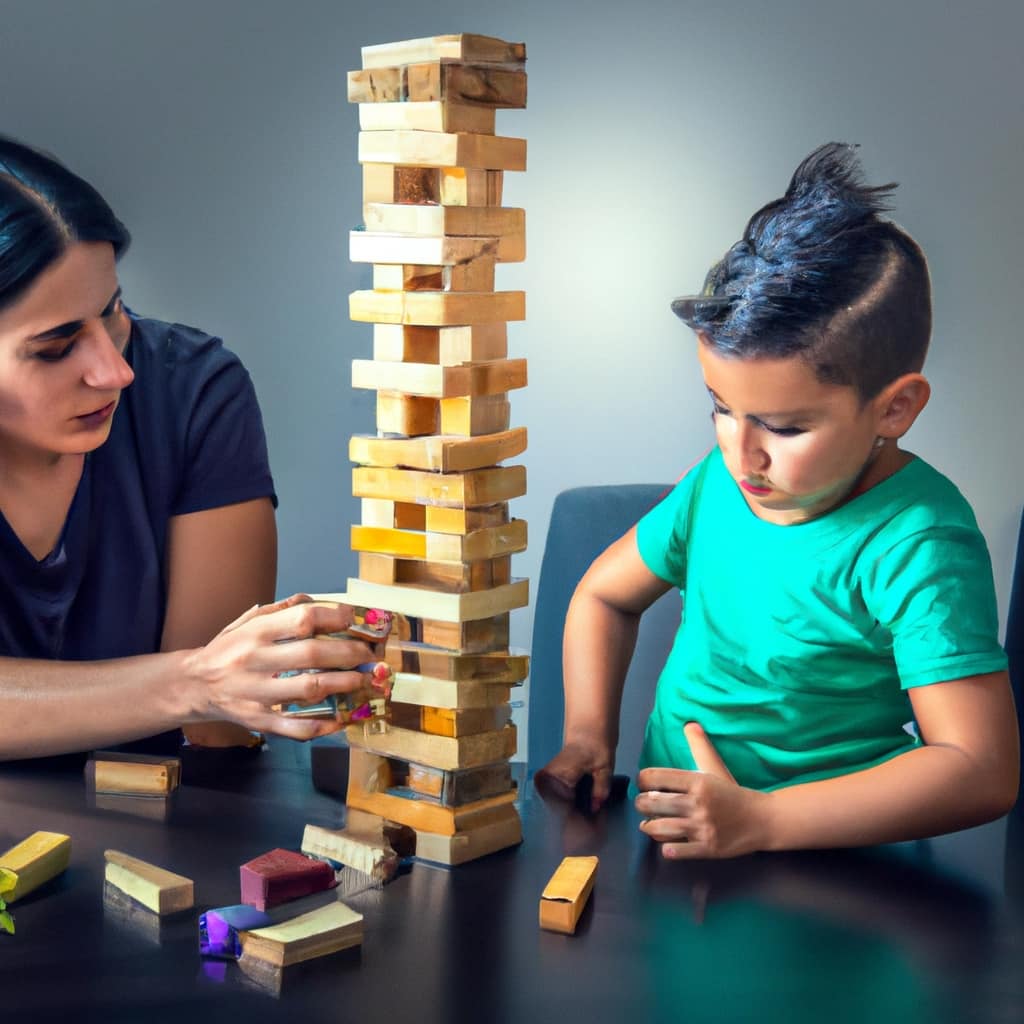
-
Lacing Toys: Lacing toys, such as wooden beads or large buttons with holes, help children develop their hand-eye coordination and fine motor skills as they thread the lace through the holes.
These sensory toys not only promote fine motor skills but also provide opportunities for children to explore different textures, shapes, and colors, enhancing their sensory development.
Best Toys for Developing Sensory Exploration
When it comes to developing sensory exploration, we have found that certain toys are particularly effective. These toys not only engage children’s senses but also encourage social interaction and outdoor play. Here are some of the best sensory toys for developing sensory exploration:
| Toy | Description | Benefits |
|---|---|---|
| Sensory Balls | Soft, textured balls that stimulate touch and improve hand-eye coordination. | Enhances tactile and motor skills. |
| Water Play Table | A table filled with water and various accessories for sensory exploration. | Promotes sensory integration and creativity. |
| Musical Instruments | Instruments like drums and tambourines that stimulate auditory senses. | Encourages rhythm, listening skills, and self-expression. |
These sensory toys for social interaction and outdoor play provide children with opportunities to explore their senses, develop fine motor skills, and engage in imaginative play. As children interact with these toys, they can learn to communicate and cooperate with others, enhancing their social skills. Now, let’s move on to the next section and explore interactive sensory toys for language development.
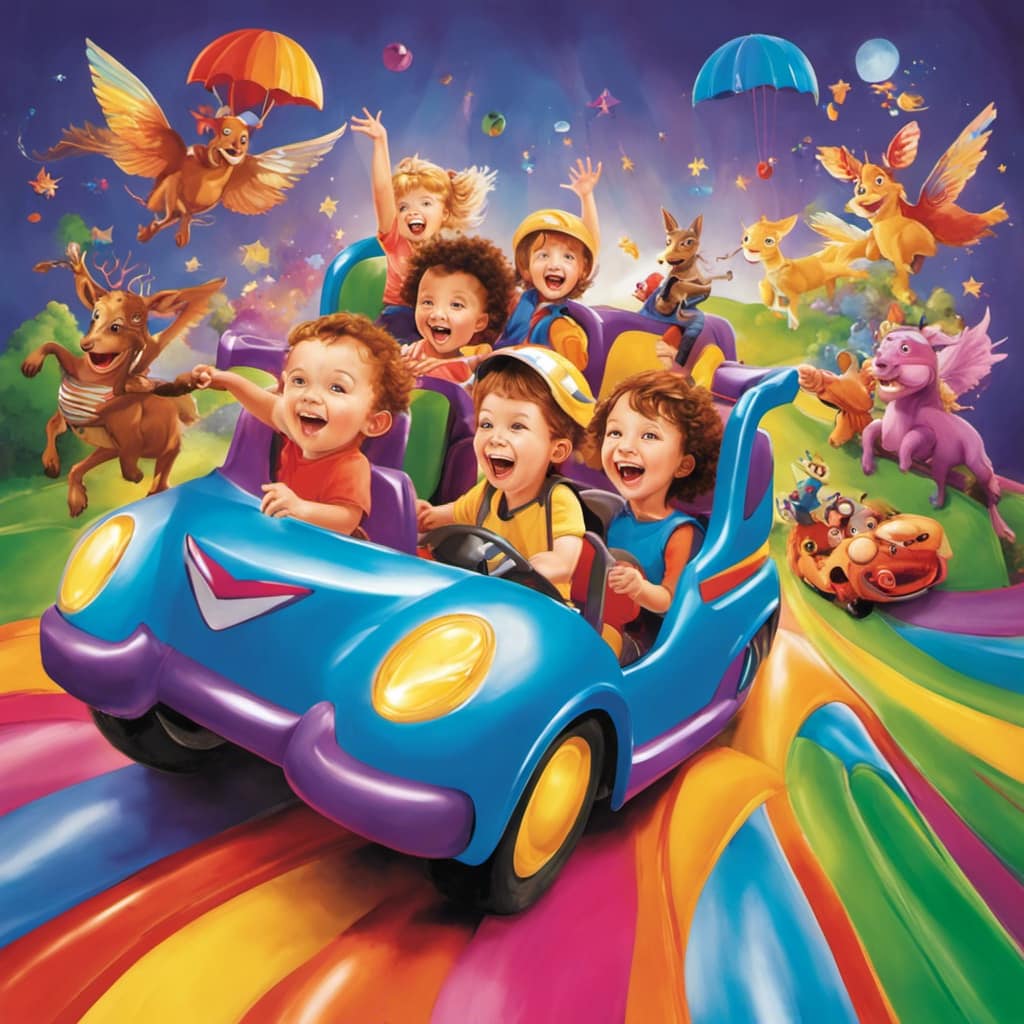
Interactive Sensory Toys for Language Development
One of the key considerations for sensory learning in preschool is the use of interactive toys that promote language development. These toys not only engage children in play but also provide opportunities for them to learn and practice their language skills.
Here are four examples of interactive sensory toys that can enhance language development:
-
Talking Puzzles: These puzzles have sound buttons that provide audio cues when the pieces are placed correctly, encouraging children to identify and name objects, animals, and shapes.
-
Storytelling Plush Toys: These plush toys have built-in speakers that can play recorded stories or songs, allowing children to listen and follow along, improving their listening comprehension and vocabulary.

-
Alphabet Blocks: These blocks have letters and corresponding pictures on each side, helping children associate letters with words and objects, promoting letter recognition and early reading skills.
-
Interactive Books: These books have touch-sensitive buttons that produce sounds or spoken words when pressed, encouraging children to interact and participate in the story, enhancing their language comprehension and communication skills.
By providing children with these interactive toys, we can create an environment that fosters language development and supports their overall sensory development.
Now, let’s explore the next section about sensory toys for enhancing cognitive skills.
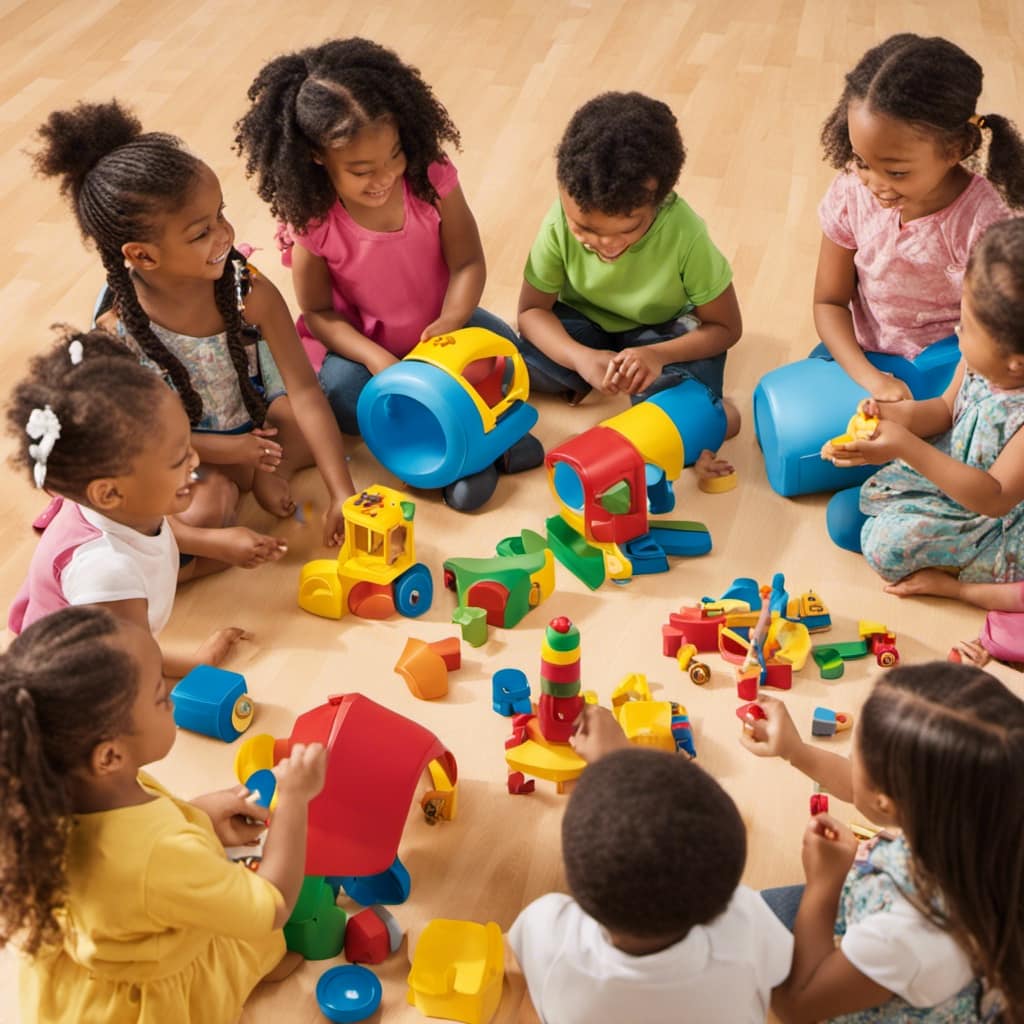
Sensory Toys for Enhancing Cognitive Skills
Now let’s explore how these interactive sensory toys can further enhance our children’s cognitive skills. Sensory toys play a crucial role in stimulating our children’s senses and promoting cognitive development. These toys are designed to engage multiple senses, such as touch, sight, and hearing, which in turn helps children to strengthen their cognitive abilities.
Toys for sensory integration, like puzzles and building blocks, encourage problem-solving skills and logical thinking. They provide opportunities for children to manipulate objects, develop spatial awareness, and enhance their fine motor skills. Additionally, sensory toys for special needs children, such as sensory balls and textured toys, not only stimulate the senses but also improve attention, focus, and concentration.
Research has shown that engaging in sensory play can lead to improved memory, language development, and overall cognitive function. By providing our children with these sensory toys, we’re giving them the tools to grow and develop their cognitive skills in a fun and interactive way.
Frequently Asked Questions
Are Sensory Learning Toys Only Beneficial for Children With Special Needs?
Sensory learning toys have benefits for all children, not just those with special needs. They promote cognitive, emotional, and physical development through engaging the senses. Research supports their effectiveness in enhancing learning and overall well-being.
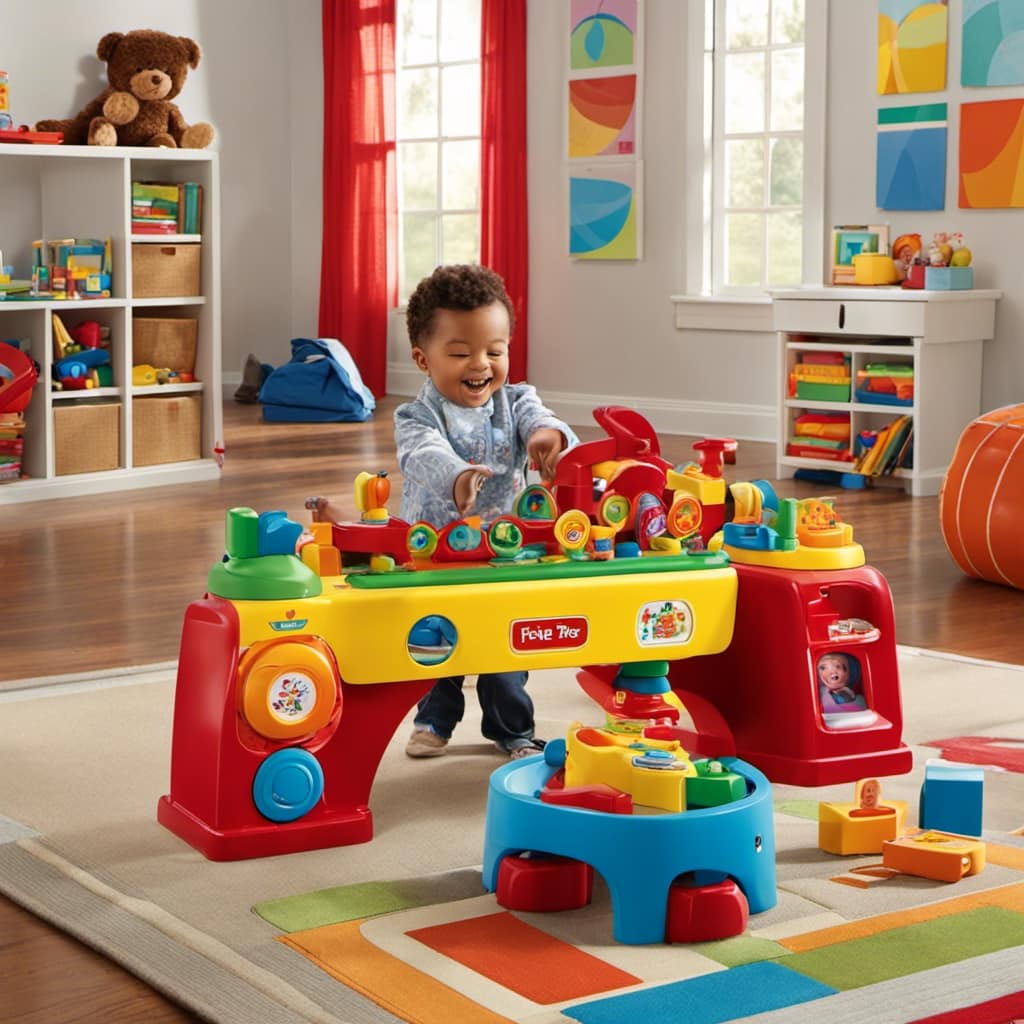
How Can Sensory Toys Help in Improving a Child’s Focus and Attention?
Improving cognitive development and promoting sensory exploration, sensory toys can enhance a child’s focus and attention. Research shows that children who engage in sensory play have a 34% increase in attention span and concentration.
What Age Range Are Sensory Learning Toys Suitable For?
Sensory learning toys are suitable for a wide age range. It’s important to consider the appropriate age for sensory toys to ensure optimal development and engagement.
Can Sensory Toys Be Used as a Therapeutic Tool for Children With Sensory Processing Disorders?
Sensory toys offer therapeutic benefits for children with sensory processing disorders. They can be used as a tool to help children develop their sensory skills and improve their ability to process and respond to sensory information.
Are There Any Safety Guidelines to Consider When Using Sensory Toys With Young Children?
When using sensory toys with young children, it’s important to consider safety guidelines. Avoid toys with small parts or toxic materials. Look for toys designed for the recommended age range to ensure they are developmentally appropriate.
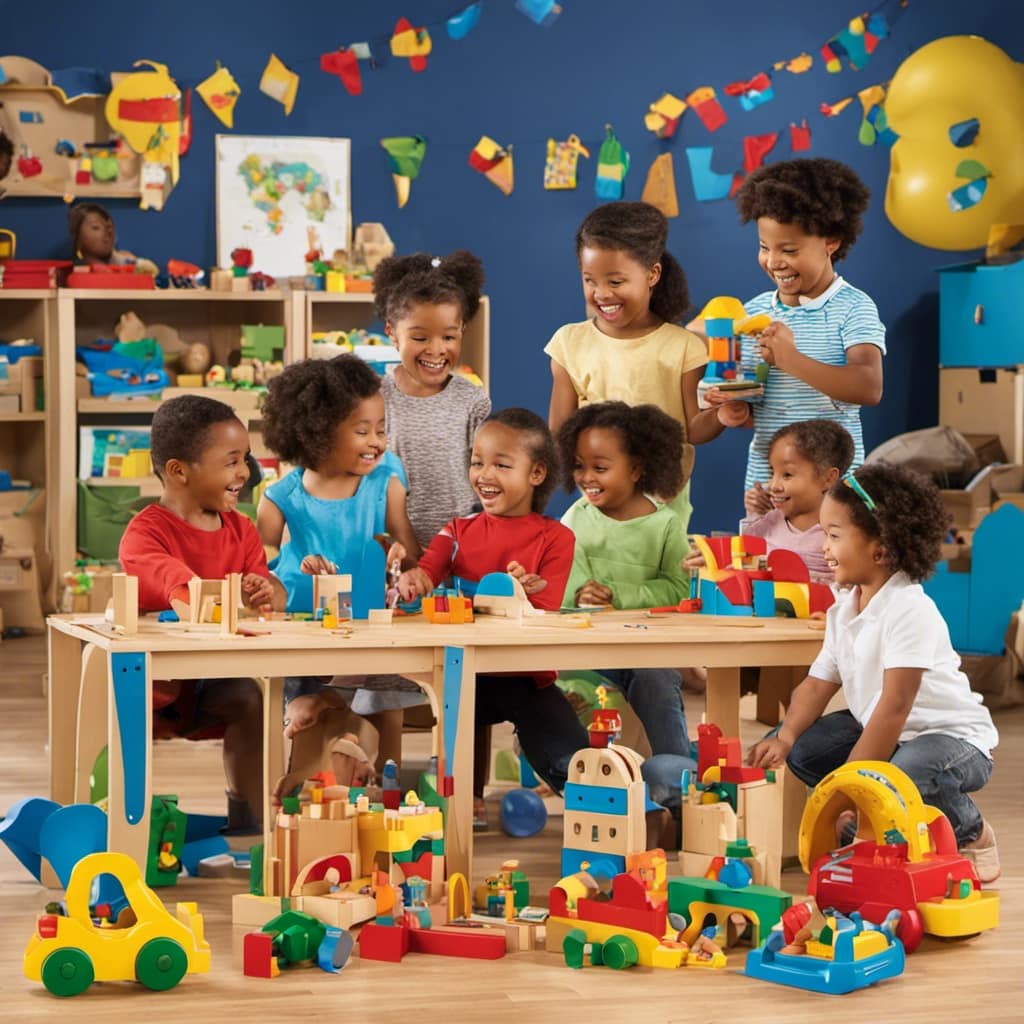
Conclusion
In conclusion, when it comes to preschool toys for sensory learning, the possibilities are endless.
From toys that promote fine motor skills to those that encourage sensory exploration and language development, these toys offer a multitude of benefits.
By incorporating interactive and engaging sensory toys into a child’s playtime, we can foster their cognitive skills and provide them with a solid foundation for future learning.
Let’s embark on this sensory-filled journey together and watch our little ones thrive.
